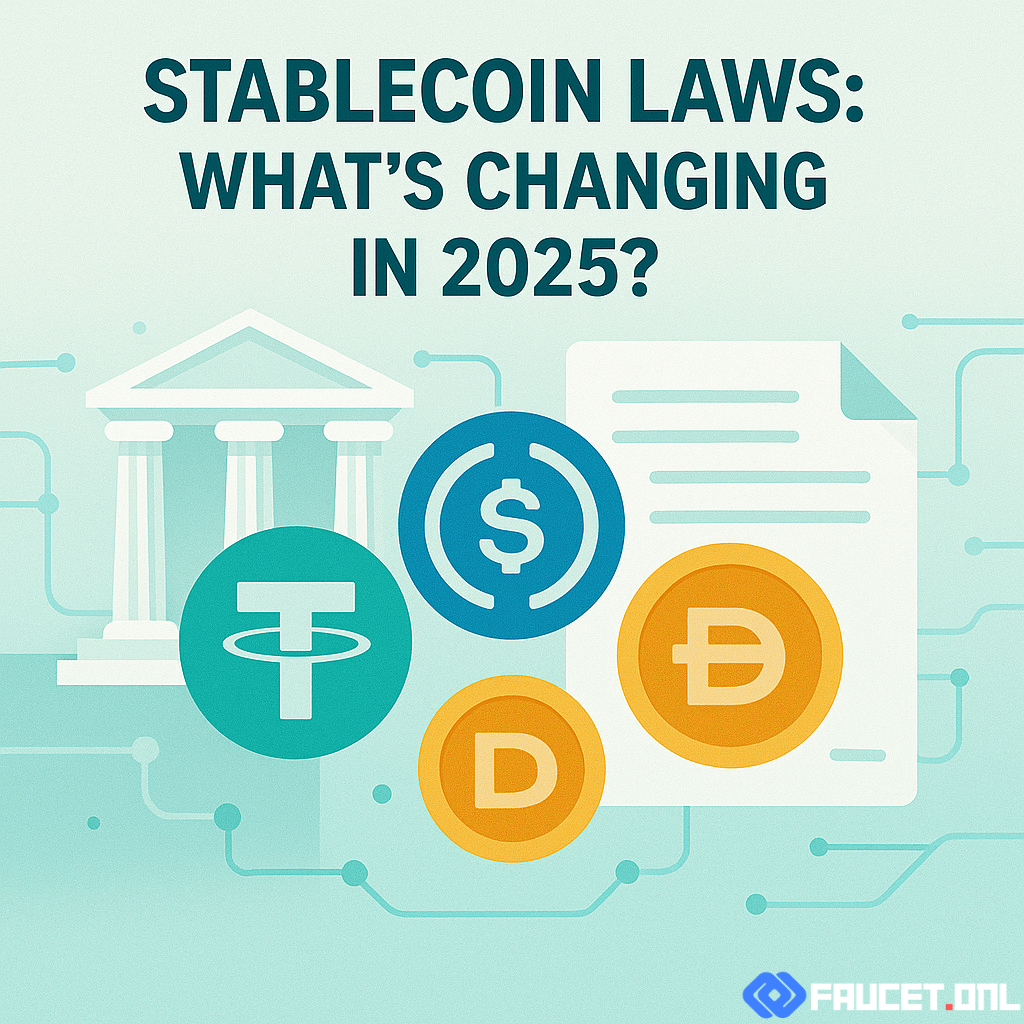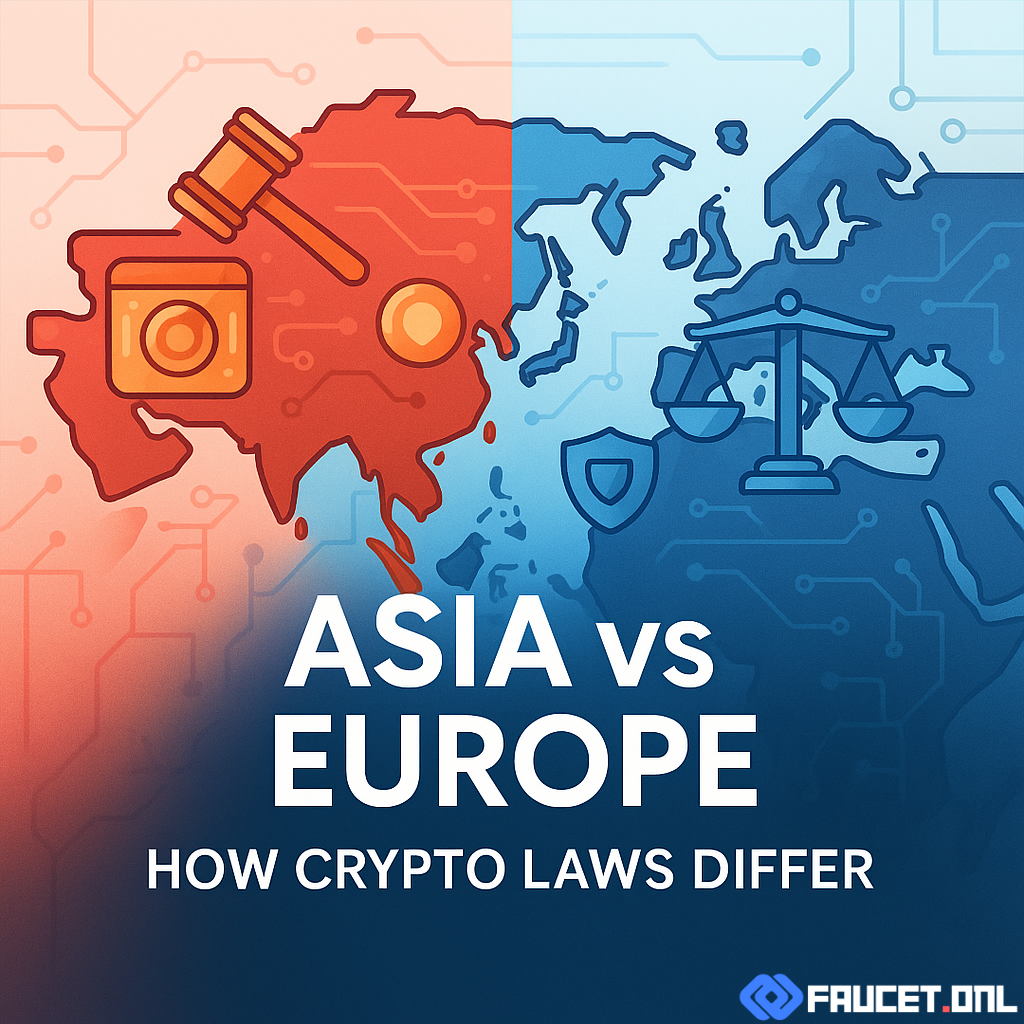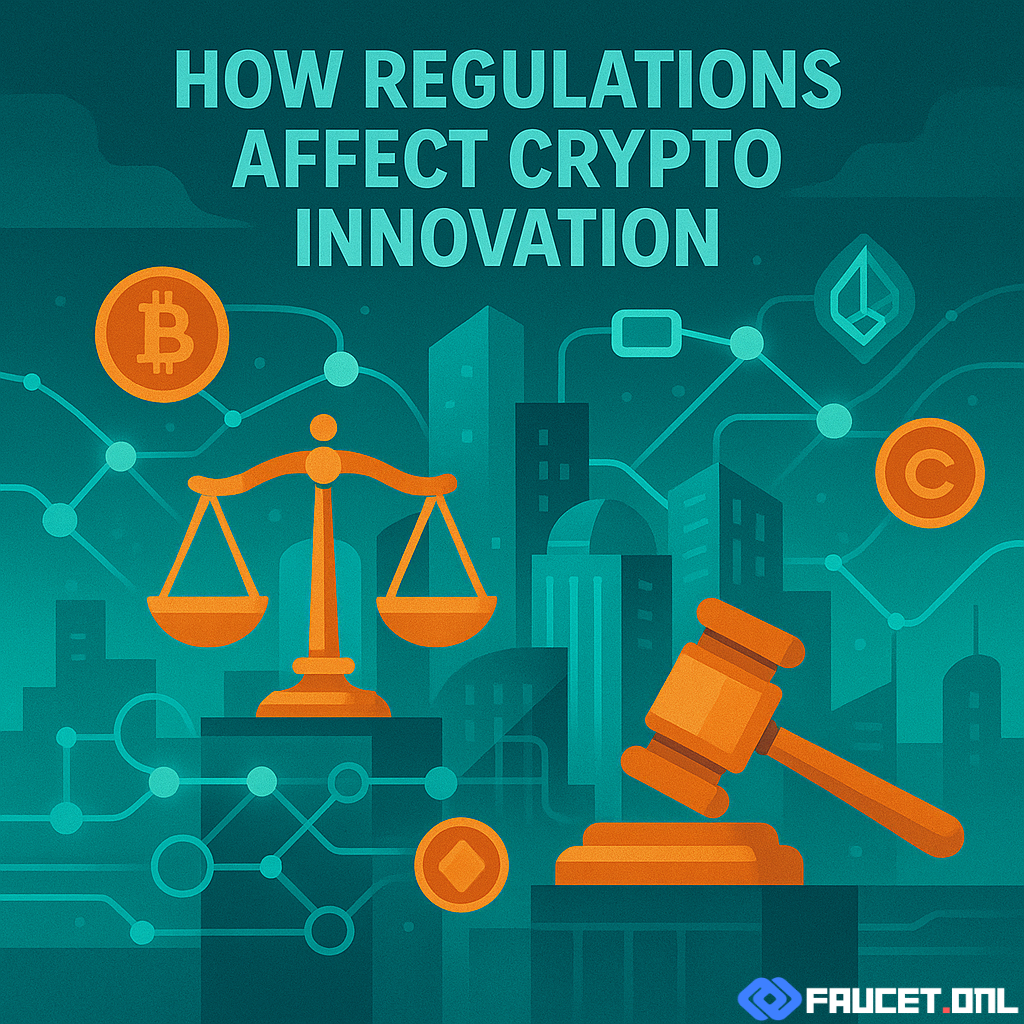Stablecoin Basics
Stablecoins are a type of cryptocurrency designed to maintain a consistent value, typically by pegging their price to a reserve asset such as the US dollar, euro, or commodities like gold. These digital tokens bridge the gap between volatile cryptocurrencies and traditional finance, making them popular for trading, payments, and remittances. There are several types of stablecoins: fiat-backed (collateralized by currency reserves), crypto-backed (secured by other cryptocurrencies), and algorithmic (managed by smart contract protocols that control supply and demand).
Until recently, the regulatory environment for stablecoins was fragmented and inconsistent, varying significantly between countries. Concerns around consumer protection, financial stability, and the prevention of illicit activities have led lawmakers to develop comprehensive rules specifically targeting stablecoin issuance and usage.
2025 Changes
The year 2025 will introduce significant changes to how stablecoins are governed. Multiple jurisdictions—including the United States, European Union, United Kingdom, and major Asian economies—are set to implement new legislation or update existing frameworks:
- Licensing Requirements: Most stablecoin issuers will be required to obtain specific licenses, proving they meet minimum standards for security, transparency, and capital reserves.
- Reserve Transparency: Stricter rules will demand regular, audited reporting of reserve assets, ensuring stablecoins are always fully backed and accessible to users.
- Redemption Rights: New laws guarantee users the right to redeem stablecoins for fiat currency on demand, reducing risk of loss during market stress or issuer insolvency.
- AML/KYC Compliance: Enhanced anti-money laundering (AML) and know-your-customer (KYC) measures will apply to both issuers and certain users, increasing identity checks and transaction monitoring.
- Cross-Border Standards: Efforts are underway to harmonize regulations across borders, making it easier for stablecoins to operate internationally while minimizing regulatory arbitrage.
- Algorithmic Stablecoins: Some regions will restrict or ban purely algorithmic stablecoins, citing concerns about volatility and lack of underlying collateral.
User Impact
For stablecoin users, the 2025 regulatory wave brings both opportunities and challenges. On the positive side, increased transparency and oversight will boost user confidence, making it safer to store value and conduct transactions using stablecoins. Redemption rights and reserve disclosures help reduce the risk of loss in extreme scenarios.
However, new compliance requirements may also mean more identity verification when opening accounts, transferring funds, or even holding certain stablecoins. Some tokens may disappear from the market or become restricted, particularly algorithmic variants, as issuers struggle to meet the new standards or choose to exit non-compliant regions. Users should expect more frequent disclosures from issuers and may need to adapt to new onboarding processes or wallet integrations.
Compliance Steps
Stablecoin users and issuers should take proactive measures to adapt to the 2025 changes:
- Choose Regulated Stablecoins: Prefer tokens issued by licensed entities with transparent reserve and audit practices.
- Complete KYC Processes: Be prepared to provide personal identification and verify your identity, especially when dealing with large sums or new platforms.
- Monitor Issuer Updates: Stay informed about the compliance status of your stablecoins, as issuers will publish regular updates on their legal standing and reserve audits.
- Check Regional Restrictions: Some stablecoins may not be available in certain countries due to regulatory bans—always verify local laws before transacting.
- Stay Informed: Follow credible news sources and regulatory announcements to anticipate any shifts that might affect your holdings or trading activity.
What’s Next?
Looking beyond 2025, stablecoin regulations are expected to become even more integrated with broader digital asset frameworks. As central bank digital currencies (CBDCs) and tokenized assets gain ground, the distinction between stablecoins and other forms of digital money may blur. Future updates could include tighter integration with banking systems, cross-border payment initiatives, and global standards for reserve management.
For users and innovators alike, the regulatory path ahead will require vigilance and flexibility. Those who stay informed and proactive will benefit from safer, more reliable stablecoins, while helping to shape the next chapter in digital finance.
Conclusion
The stablecoin regulatory overhaul of 2025 represents a major step forward in building trust and security for digital assets. By understanding the new requirements and adjusting compliance practices early, users and issuers can navigate the changes with confidence. The evolution of stablecoin laws will continue to drive the mainstream adoption of blockchain-based finance worldwide.



